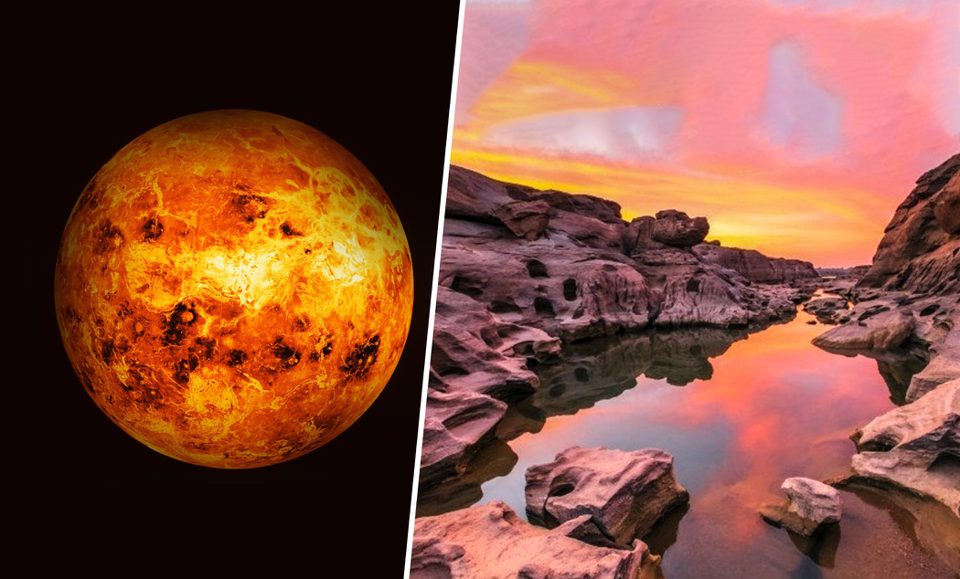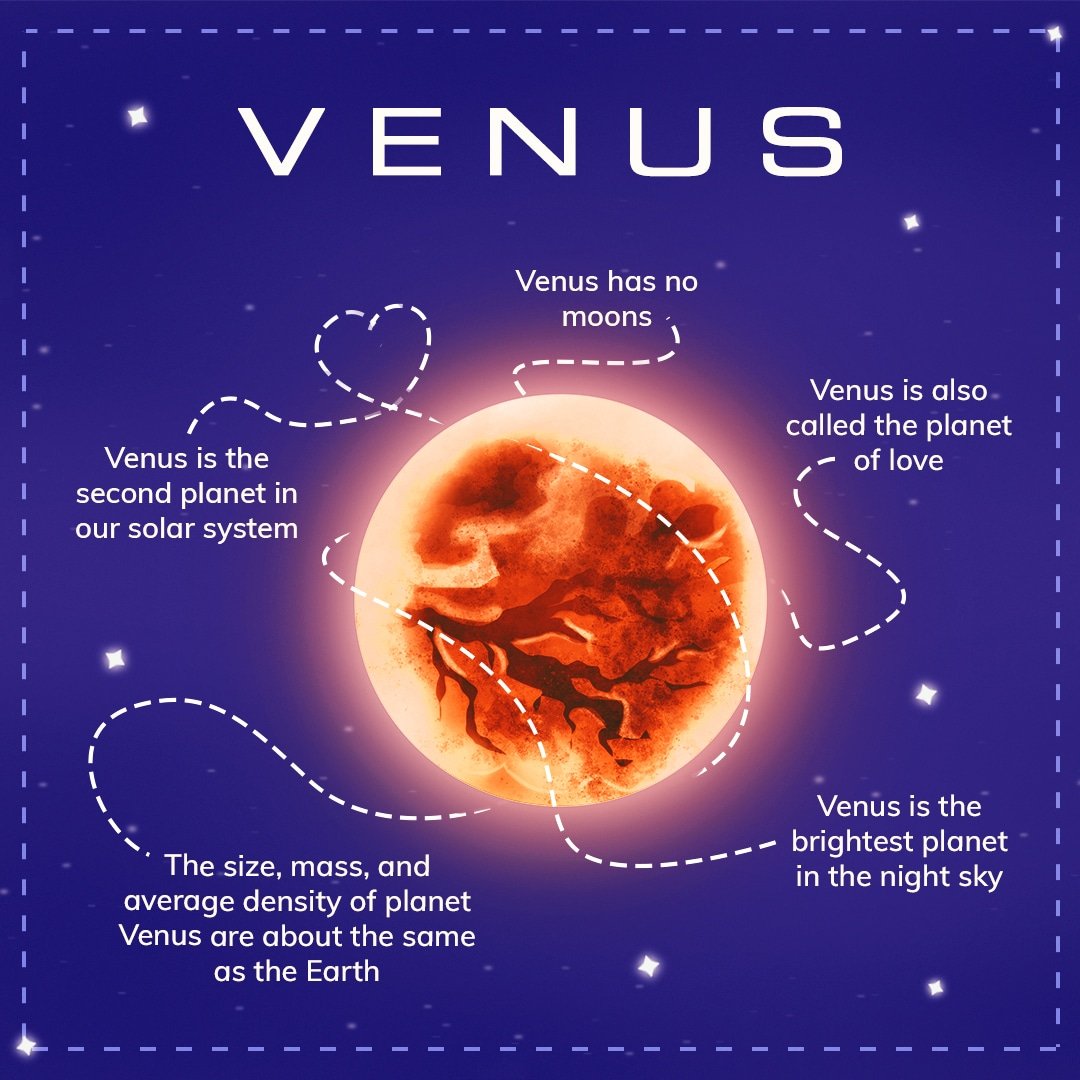In 2020, scientists detected a mysterious chemical signature in the skies of Venus. It started the speculations that it could be a sign of microbial life in the thick atmosphere of Venus.
But now a new report has come up and it seems to contradict these findings. It has been stated that these chemical remains might be from active volcanic eruptions on the surface.
In 2020, scientists reported spotting signs of phosphine in the clouds of Venus. Phosphine is a noxious gas that is made up of phosphorous and three atoms of hydrogen. On Earth, it is associated with life. It breaks down quickly in oxygen-rich atmospheres like the one on Earth.
According to the study published in the journal Proceedings of the National Academy of Sciences, an argument that seems to be reasonable has been put forward. It has pointed towards the possibility of volcanically exploded phosphide to be the abiotic source of Venusian phosphine.

In the past, Venus has been observed as a hot zone of volcanic activity. It triggered speculations that it has been resurfaced making some pars really young.
According to Researchers, the volcanic eruptions from the surface of Venus could bring phosphorous loaded compounds from the deep layers of the surface into the atmosphere. These phosphides could be emitted with volcanic dust into the air, where they might react with sulphuric acid to form phosphine.
However, researchers also reported that the eruption needs to be massive for bringing chemical remnants into the atmosphere of Venus. They have given an example of the event at the scale of the 1883 Krakatau eruption, which was one of the deadliest and most destructive volcanic events on Earth. It destroyed the island of Krakatao in Indonesia.
The researchers stated, “Phosphorous would be in oxidized forms such as phosphate on the surface and for an abiotic source to be plausible, the presence of small amounts of phosphide, bound in metals such as iron, magnesium, in volcanic dust would be energetically essential, leading to the production of hydrogen phosphide, that is, phosphine.”
The possibility of the presence of phosphine in the atmosphere of Venus has given wings to a new buzz surrounding this mysterious planet. As a result, both NASA and European Space Agency (ESA) have announced new missions to explore this uninhabitable world Venus has been an interesting topic of research for ages. Now this new study could offer new and deeper insights into climate change and how it affected the planet.

The idea of life on Venus was first proposed by astronomer Carl Sagan and biophysicist Harold Morowitz in 1967 and was later suggested by Mark Bullock and David Grinspoon. During the years 1962 to 1978, different probes were sent to the planet that showed that it is possible for Venus to nurture microbial life about 40 to 43 kilometers up in its atmosphere.
A recent study has suggested that the surface of Venus is still experiencing plate tectonics. These movements are large-scale motion of plates that make up the interior of Earth and are not seen anywhere else in our solar system except on the interior of Earth.
About Venus

